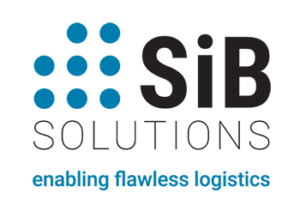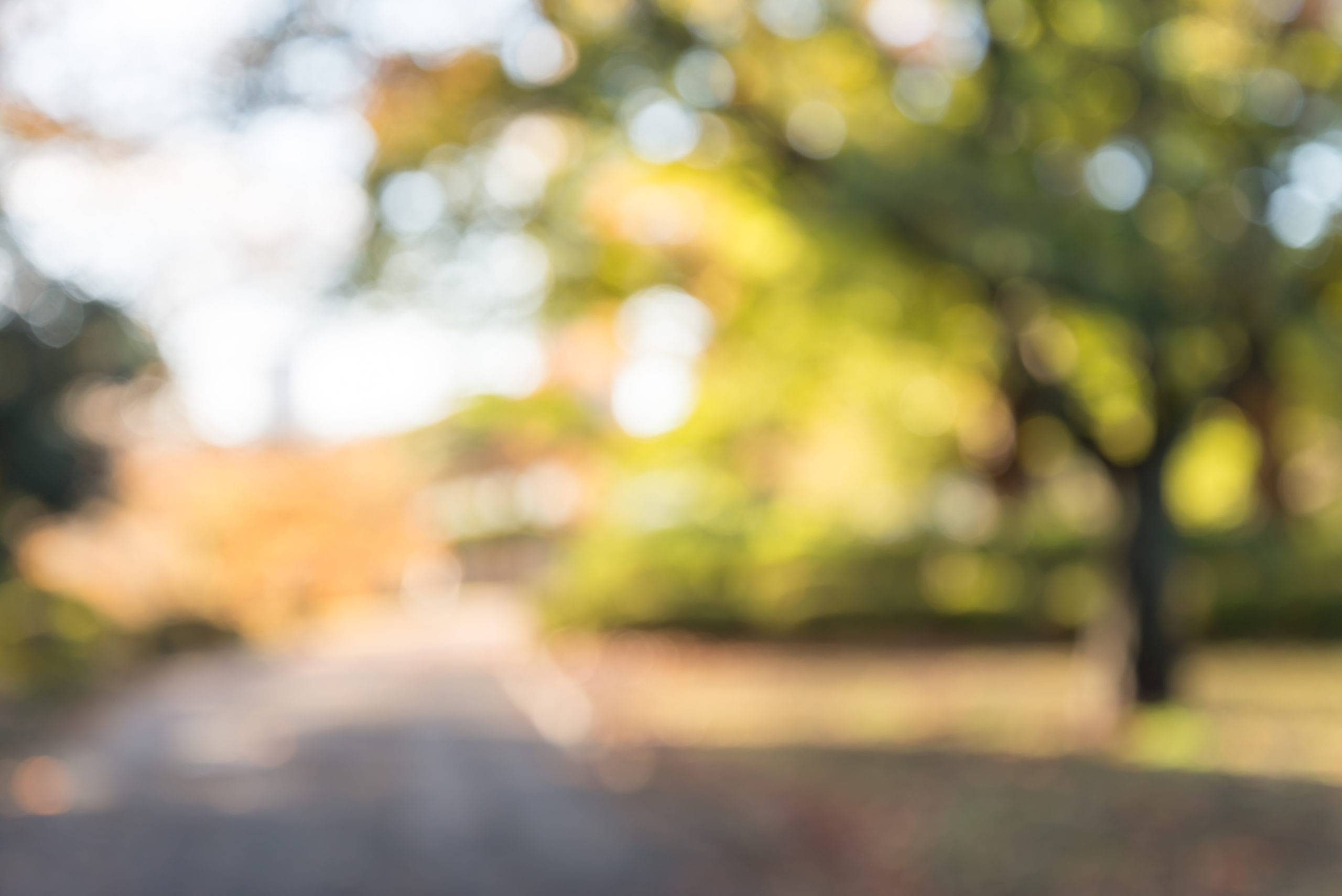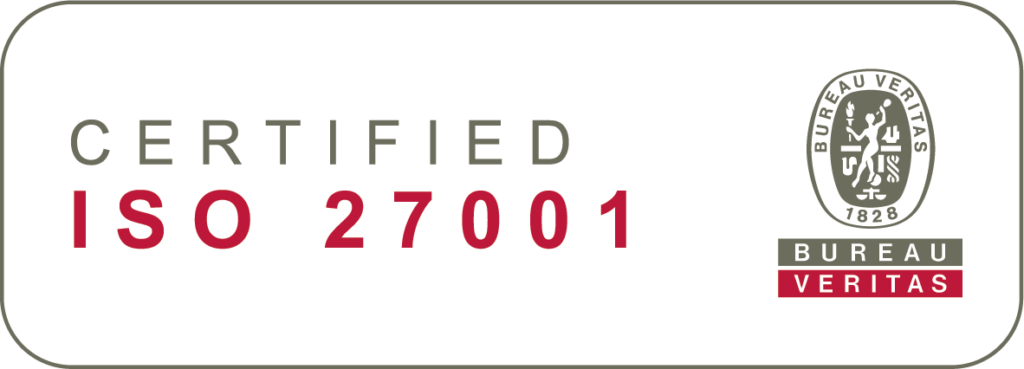Interview |
At SiB Solutions, we try to think about sustainability in everything we do. It goes hand in hand with our mission to change the world of logistics. We’re happy to be on this expedition together with many reputable companies and partners. Our collaboration with the team at Reeinvent goes long way back in time.
We at Reeinvent are determined to stay relevant in the future. For us, that means building long term partnerships, based on the same values and goals to provide software solutions that will stand the test of time.
Our Intelligent Video and AI Services enable flawless logistics, making logistics greener – one less error at a time. The more flaws customers fix, the less resources are wasted.
Together we share a passion for providing true customer value and – not to forget – software that is easy to use. Keep on reading to learn more from UI/UX Designers Dunya Kermanj and Faris Mešanović.
UI/UX in sustainability
👋 Hi Dunya and Faris! Tell the readers a little bit about who you are, please.
Dunya:
Hi! My name is Dunya Kermanj and I work as a UI/UX Designer. I work with the user aspect of the product development at SiB Solutions. I have been working as a designer for 2 years. What I love about my job is to see how a product goes from idea all the way to after production.
Faris:
Hello. My name is Faris Mesanovic, UI/UX designer with over 5 years of experience. In the past, I have been working in several industries such as Food, Truck, Fintech, Logistics, and more. The most satisfying thing for me in this role is that after the designs we made went through the development process and we can see the results, how it looks, and how it works overall but we realize it is a repetitive process and there is still room for improvements on both product and ourselves.
Before we continue, what is UI/UX?
Dunya:
UI and UX design can often be seen as the same thing but they are not. They do relate to each other but let me explain about what it is and the difference.

Dunya, SiB Solutions
UI stand for User interface. It is the graphic elements you see on your screen. How does the user feel about the aesthetics when presenting on a screen. It is about the buttons users clicks on, the fonts of the text they read, the images that is displayed, the forms that the user fill in, the animations and transitions in every interaction. Every detail count here such as the colors, the font size or the width of a line.
So now that you know more about UI, lets dig into what UX design is. UX stands for user experience. It involves the process of designing in order to achieve products that are easy to use and interact with. It is about how the user experience their interaction with a product. A UX designer meets the needs of the users. It goes far beyond from just giving users what they want. UX design also includes aspects of branding, research and function.
So, in order to achieve usability, designers have to work with both UI and UX. You can read more about Usability here >>
Faris:
The UI and UX design processes are very related and sometimes we cannot express a good user experience without combining it with a good visual representation.

Faris, Reeinvent
User Interface design is the process where we mostly focus on the visual stuff and style, for example: How do we structure a single component and how will that component look compared with the rest of the screen? Which colors do we use for the specific industry the product is coming from? Guide the user through the Interface in a way of bolding and highlighting the things that are important to the end user. When we talk about the UI process every single detail is important from the Font styles, Icon sizes, and color definition to the consistency of the entire product and its features. Designers should always aim to create interfaces that users find easy to use and pleasurable.
User experience is more about the creation of the idea itself based on previously performed research and consultations with other stakeholders. The user experience design process is iterative. I see research, product definition, testing, product thinking, user research, and the implementation itself as the main factors. The UX process usually brings the initial stages of flow and solving user problems through user stories that were created and defined during the preparation process. The first solutions usually come from creating low-fidelity wireframes, and clickable prototypes and that is where the iteration process starts.
Can you give an example on sustainable user experience?
Dunya:
One example is the nudge theory, which is a way of affecting users’ choices without forbidding the options. If you give users two buttons but the first button leads to a more sustainable action, then the designer can give it a higher contrast, extra color and make it more visible. The other button however has a less appealing design. And yes, things like visibility can affect human behavior so in this example the users are nudged into a more sustainable option.
Faris:
Sustainability focuses on efficient and effective solutions that are better for society, the environment, and companies through the effective use of natural resources and the reduction of waste and toxins in the environment.
Besides the nudge theory, I can cite google maps as an example. When you have chosen certain directions and want to see how long it will take you to reach your destination. Google always promotes “go by car” as the first option. But what if I never use or drive a car and I don’t even have a driving license and google knows that. For me, a more sustainable UX solution would be if the first option was “go by bus”
Is high accessibility and sustainable design the same thing?
Dunya:
No not really. Accessibility in design is about creating design solutions that can be used by people with disabilities such as audio, cognitive, physical, and visual disabilities. So, it can be a part of sustainability but there is much more to be considered when designing sustainable solutions.
Faris:
I see these two things as quite related, but again they have generally different methods through which they are implemented.
Do you have a working method that you follow and that contributes to a sustainable user experience?
Dunya:
I use design thinking in my design process. Let me start off by explaining what design thinking is. Design thinking can be explained such as an ideology and an iterative process. The design thinking ideology explains that solving problems with a user center approach leads to innovation. And the design thinking process is structed in 6 phases:
- Empathize. Conducting UX Research to understand your users.
- Define. Document, and analyze the UX Research to define the problem.
- Ideate. Explore, and start sketching on different ideas that address the users need.
- Prototype. Explore the possibilities of the ideas by making prototypes.
- Test. Conduct a Usability test to ensure the users’ needs are included.
- Implement. Once the test is conducted it is time to put it into action.
You can read more about it here >>
Without getting too deep into this, let us talk about how this is related to sustainability. Design thinking meets real users’ needs, with a user center approach to problem solving. In the context of sustainable development, the UN explain it like this: “This approach can result in local, collaborative, and participatory initiatives that are founded on the local context rather than being retrofitted to it. Grounded on key thinking paradigms of being holistic, uninhibited, collaborative, iterative, and visual, the design thinking approach fosters integrative and cross-disciplinary thinking.”
So, when working towards sustainability, one must change ones mindset and approach, and this is possible with design thinking. Design thinking is for all, not just designers. You can read more about it here >>
Faris:
It depends a little on the product itself and the business plan itself, but I can cite the Mindful design approach, trying to minimize waste, and create healthy, productive environments. as key factors. What does that mean? It means that we as designers should guide, remind and sometimes force our users on what sustainable options are in some cases.
Interesting, can you Faris give an example?
In situations like this, when we might be watching, and observing our user using something we made. I am usually surprised by the fact that I can see their behavior and the way they perform a certain task, and based on that I understand what they really need and whether I solved the problem properly, if not then it helps me to decide on the next improvements.
Last question: what insights and trends are you currently curious about linked to sustainable user experience?
Faris:
The field in which I will continue to investigate is the way in which designers can influence and educate people and our users to naturally choose decisions that can positively affect the planet. It is a huge challenge, but I believe that designers can make a difference by implementing solutions that would guide users to make more sustainable decisions naturally.
Dunya: I agree with Faris. In order to truly achieve sustainable UX design we need to go beyond design. We need to understand human behavior and the psychological aspect of it, in order to influence people into sustainable choices. As designers we need to solve the core problem and not just the symptoms.
Thank you Dunya and Faris for sharing your expertise with us.
Interview done by:
Catarina, SiB Solutions & Ena, Reeinvent


Published: January 23, 2023



